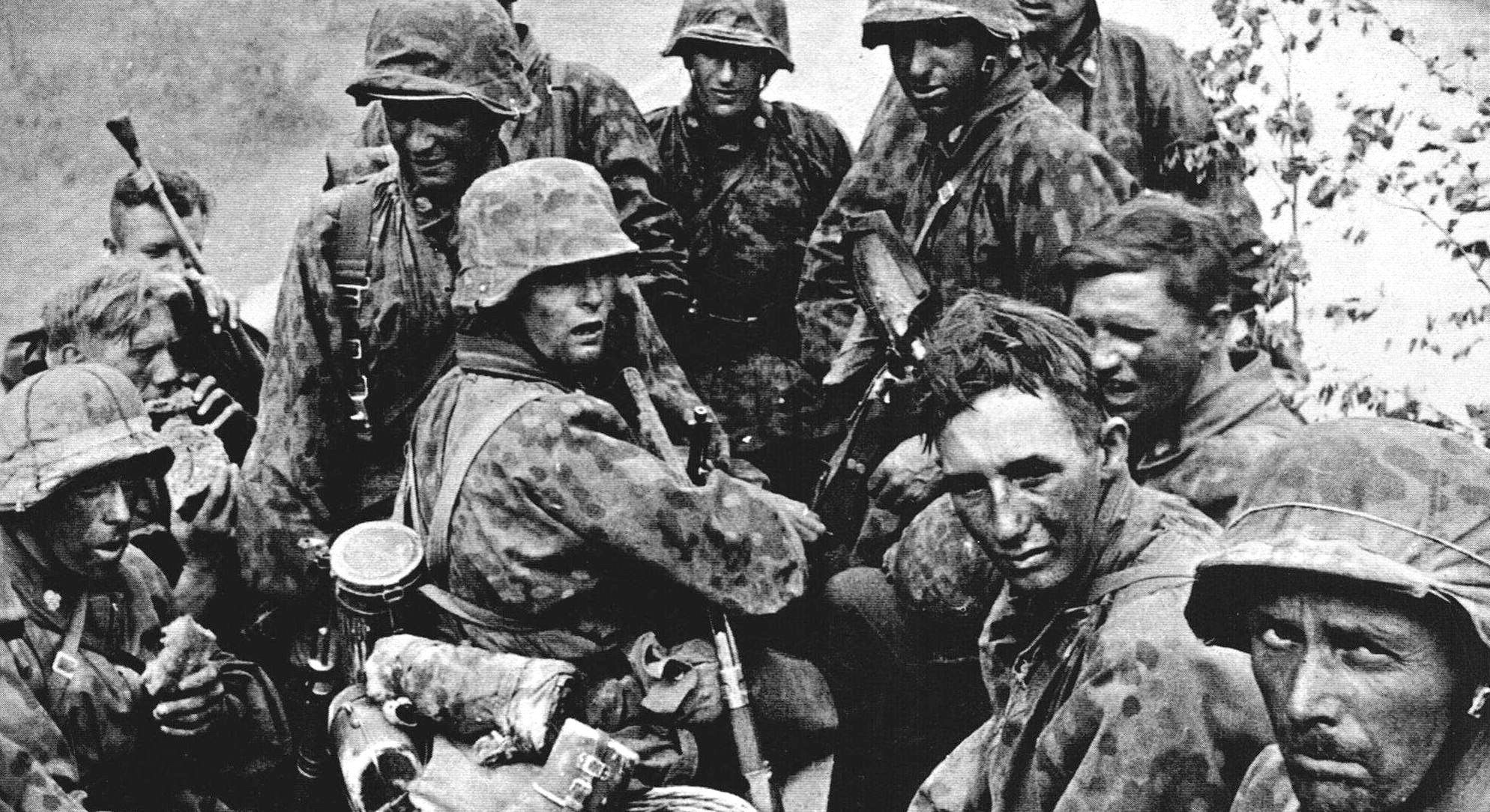
Battle of Brody
The German army is defeated in western Ukraine
The battle of Brody took place during the Soviet Lvov-Sandomierz offensive. This offensive led to the formation of a pocket at Brody where a large number of German forces were surrounded and destroyed. The Lvov-Sandomierz offensive was launched so that the Germans would be dislodged out of Ukraine and Eastern Poland. The Red Army accomplished all of its objectives by the end of this offensive.

1 of 4
During the Austro-Hungarian monarchy, the land was known as East Galicia. Following the First World War it became part of Poland, before being occupied by the Russians early in the Second World War.
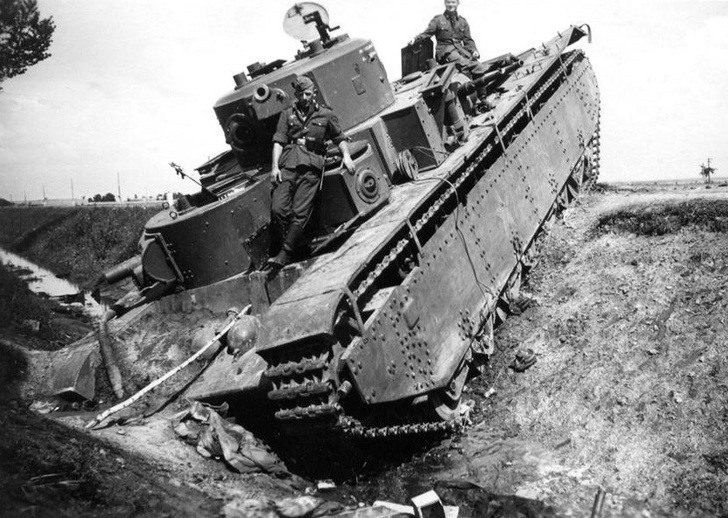
2 of 4
The war had passed through this land in 1941, when it was the scene of heavy fighting, which however soon passed. Now, in 1944, the war was coming back. This time it was the Russians whose new offensive was pushing into Poland.
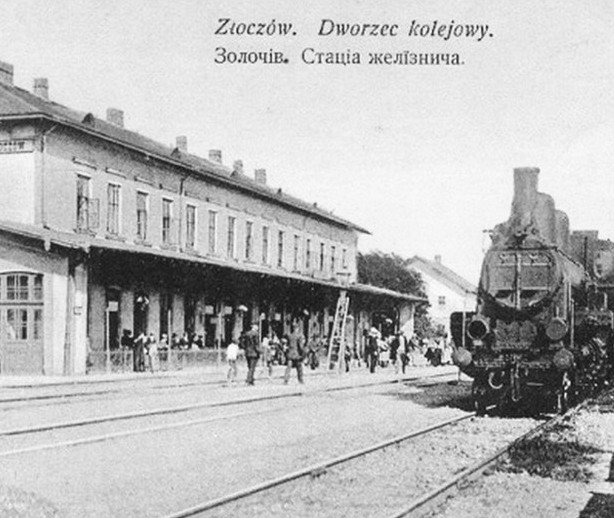
3 of 4
There was not much to say about Brody, except that it was located 35 km southwest of the village of Zolochiv, where the overland road from Lemberg crossed the former Polish-Russian frontier and split in two to head off in the directions of Rowno and Ternopol. Now, in wartime, the road had become of special significance.
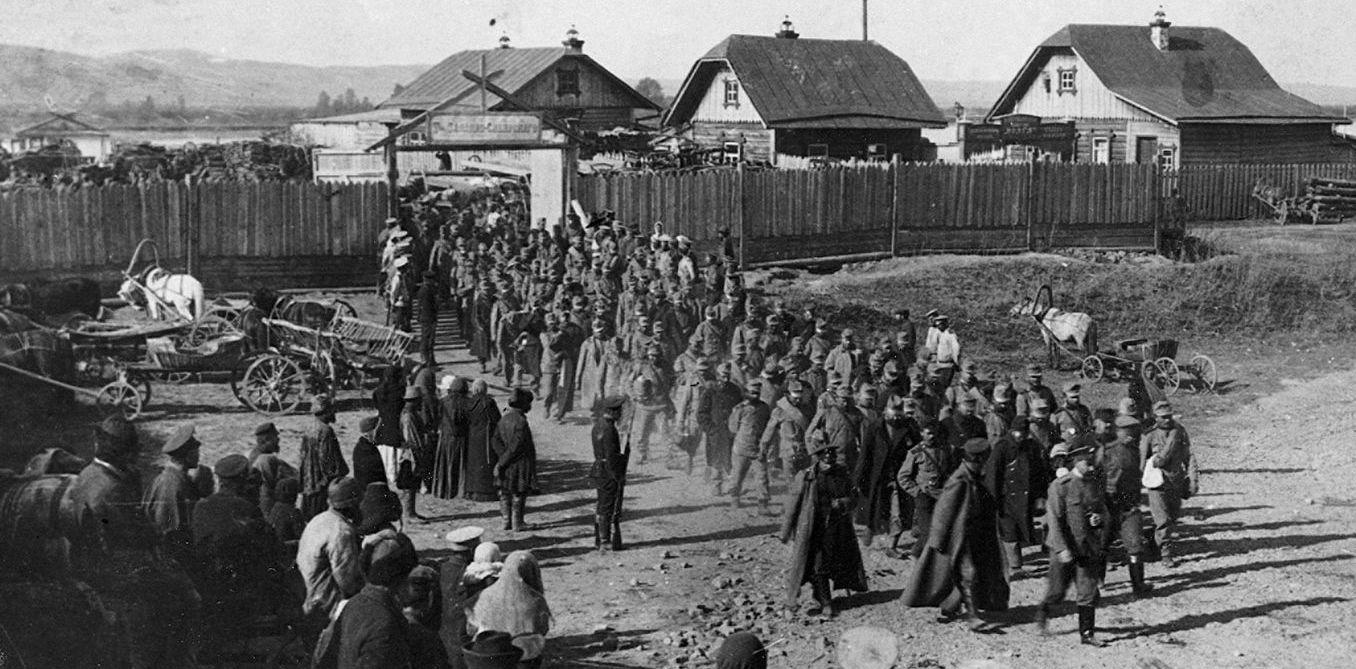
4 of 4
Galicia was a tranquil, out of the way region, with the watershed between the Northern Bug with its tributaries and the beginning Southern Bug, Strypa and the likewise southward-flowing Dnestr. The region featured wooded hills, valleys and forests, interspersed with villages large and small, among which was the small city of Brody. Brody was 100 km from Lvov, the former capital of Galicia, and not far from Ternopol, which had been in Soviet hands for some time.
Positioned in this militarily and strategically important area since its withdrawal from the Rowno area in mid-March was General Arthur Hauffe's XIII Army Corps. The corps, with its four divisions deployed just east of Brody, already had ‘pocket experience’. It had been surrounded around Brody from the end of March until mid-April, when the heavy losses inflicted by a stubborn German defence and a counterattack by Panzer units had forced the Russians to abandon the encirclement. From then until high summer the corps had spent a relatively quiet period in its positions. It was the calm before the great storm.
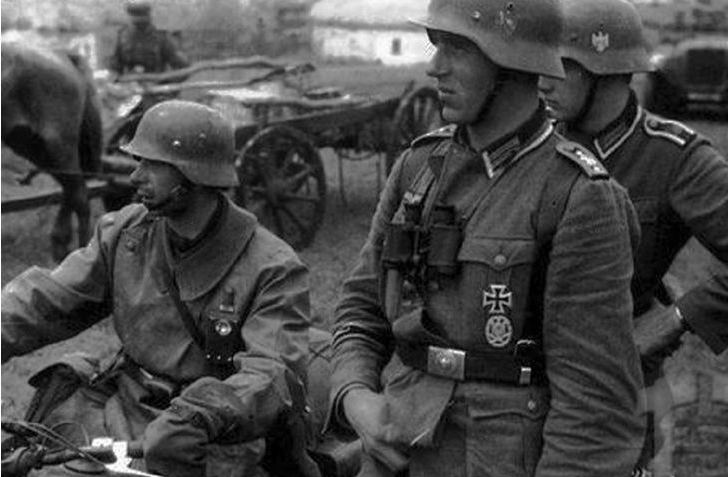
1 of 6
The Army Group North Ukraine’s situation had deteriorated significantly since the total collapse of Army Group Center, and most of its reserves had been taken away.
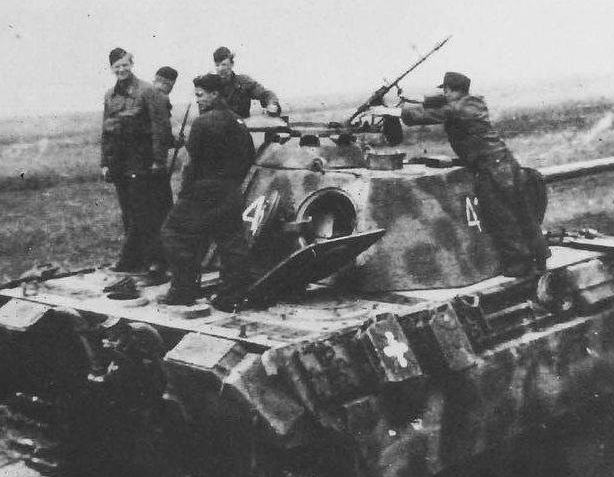
2 of 6
The troops were calm and composed. Their positions were well-built, they were battle tested and had successfully defended against Soviet attacks before. But like the German front everywhere, there was only one infantry division next to the other, and behind them a second, but unmanned, rear position (the ‘Prinz Eugen Position’) and nothing more.

3 of 6
This time the Red Army's preparations were not concealed. Army Group North Ukraine began noting increasing signs of an impending offensive. Appropriate directives were issued, and XIII Corps was placed on a precautionary alert. This meant an immediate cancellation of all leave, the movement of all combat troops to the front from rear areas and increased patrol activity. Sentries were doubled, and observation posts were manned around the clock. In the bunkers the men slept in shifts and never took off their uniforms. Helmets and weapons were kept nearby at all times.
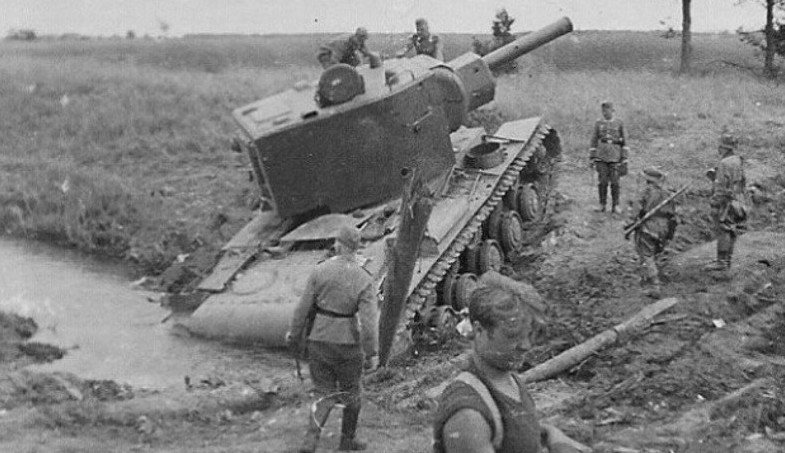
4 of 6
The Fourth Panzer Army had two Panzer divisions in reserve (16th and 17th), as did the First Panzer Army (1st and 8th). At this point these units might have been better described as armored battle groups (Panzerkampfgruppen) than Panzer divisions. With the exception of the 8th Panzer Division, these were the same ones which had seen heavy fighting at Cherkassy and Ternopol.
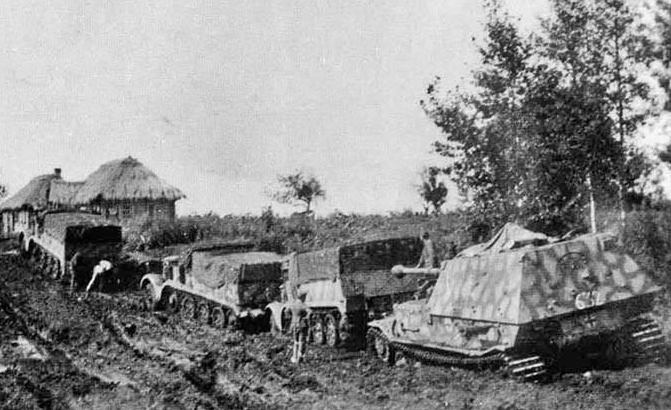
5 of 6
Increased supplies of munitions were sent to the front, the artillery stockpiled ammunition, field telephone lines were checked regularly and radio units stood by to receive incoming messages every half hour. The field kitchens issued extra dry rations in the event that enemy fire made regular deliveries difficult. The aid stations prepared to accept greater numbers of wounded, while the headquarters staff were awake around the clock, ready to go to work.
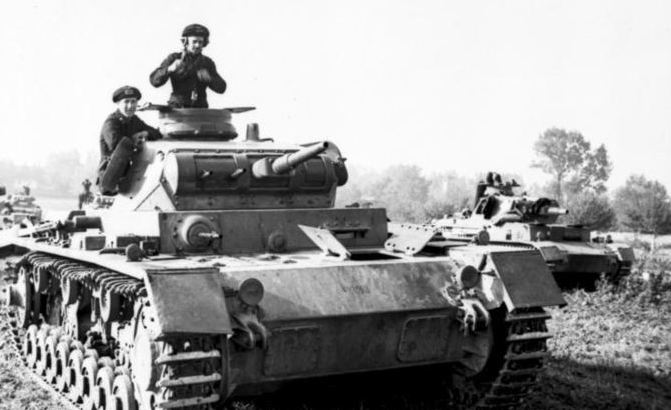
6 of 6
Panzer divisions, especially ones which were nowhere near their authorized strengths, were no replacement for a defensive zone 30, or even better, 50 kilometers in depth. The thin infantry lines would be all too quickly overrun and pierced. What was more, the defensive forces available were much too weak for the lengths of front they had to defend.
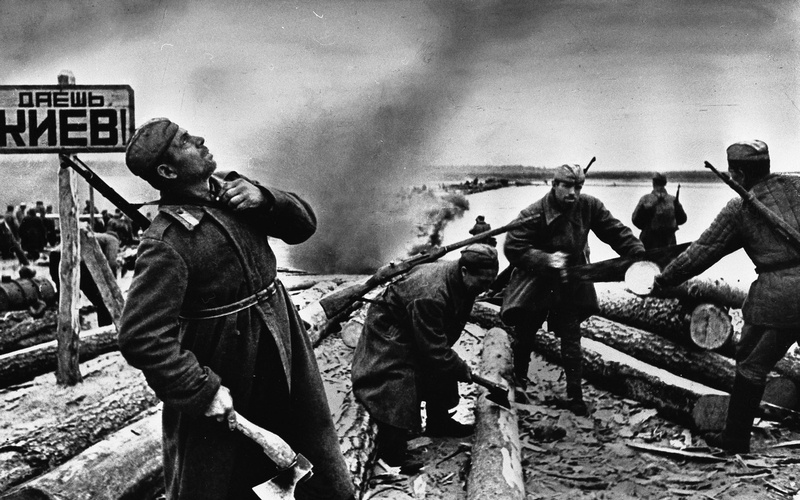
The 1943 autumn soviet offensives
After the German failed attack at Kursk the Red Army staged a series of attacks across the Eastern Front. The Soviets manged to retake the cities of Kharkov, Orel, Kiev, Bryansk and Smolensk.
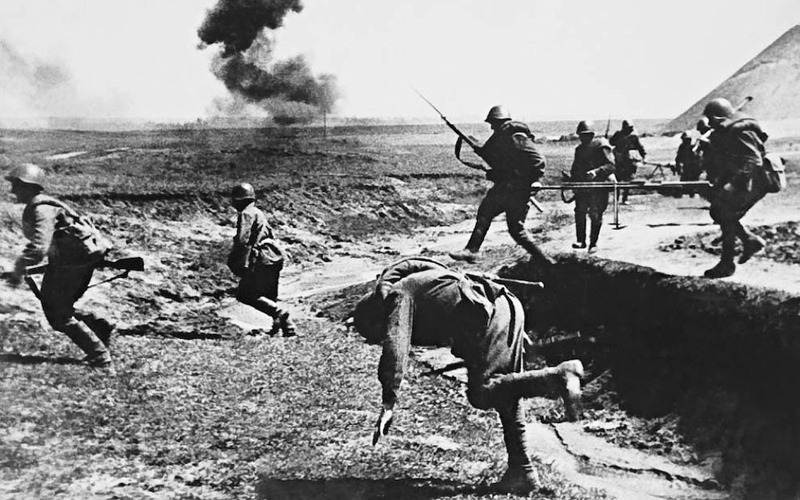
Battle of the Korsun–Cherkassy Pocket
During the Battle of the Korsun–Cherkassy Pocket the Russian Red Army tried to eradicate the encircled German forces. The Germans tried a breakthrough in order to escape encirclement, which resulted in heavy casualties. which
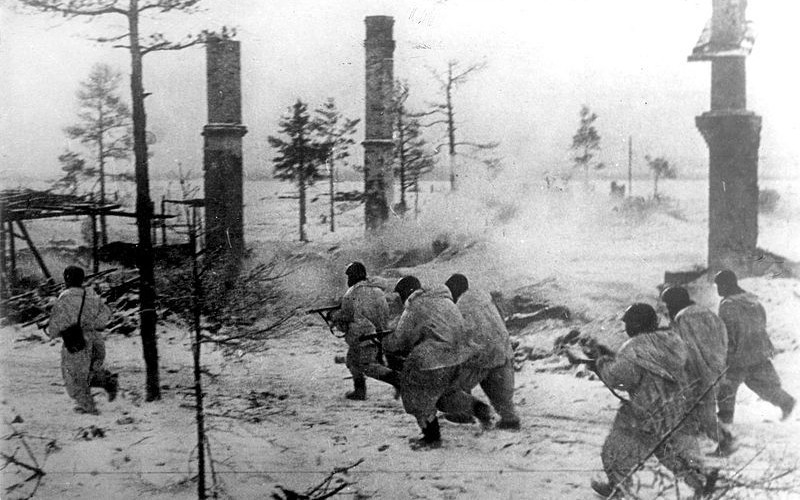
Leningrad-Novgorod Offensive
The Leningrad-Novgorod Offensive was a strategic offensive during World War Two which led to the lifting of the almost 900-day siege of Leningrad. After the bloodiest siege in human history, lasting almost 900 days, during which more than 1.1 million people died, Leningrad was finally liberated. Novgorod fell two days later as the Germans recoiled rapidly.

Battle of Ternopol
The battle of Ternopol, or battle of Kamianets-Podilskyi pocket was a battle in which the Red Army tried to surround and destroy the German 1st Panzer Army.

Crimean Offensive
The Crimean Offensive was a series of Red Army attacks directed against the German-held province of Crimea in southern Ukraine. German Army Group A was composed of German and Romanian soldiers. The offensive ended when the Axis forces evacuated Crimea at the city of Sevastopol. The Germans and Romanians suffered heavy casualties during the evacuation.
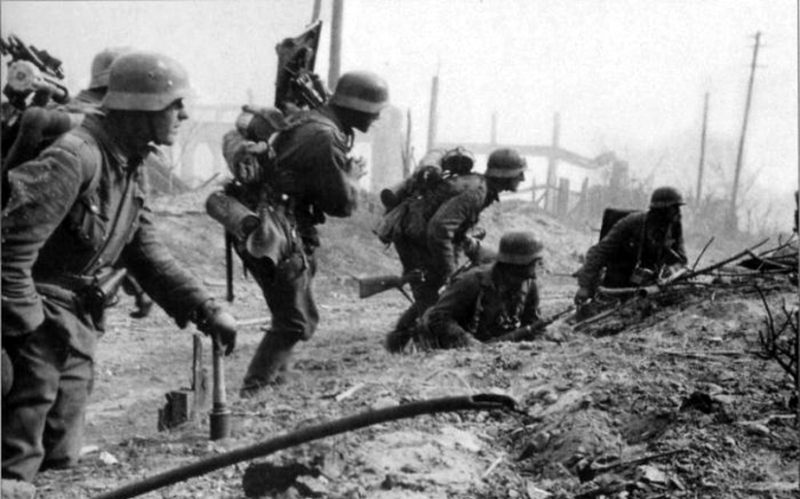
Operation Bagration
Operation Bagration was the codename for the Red Army Belorussian Strategic Offensive Operation during World War 2. This operation cleared the German troops from the Belorussian SSR and eastern Poland. The offensive was directed against the German Army Group Centre and resulted in the almost complete destruction of this Army Group.
- Alex Buchner, The German defensive battles on the Russian front 1944, Schiffer Publishing, Atglen, Pennsylvania, 1995





